Nothing in the world can be compared to the human face. It is a land one can never tire of exploring. There is no greater experience in a studio than to witness the expression of a sensitive face under the mysterious power of inspiration. To see it animated from inside, and turning into poetry. (Carl Theodor Dreyer)
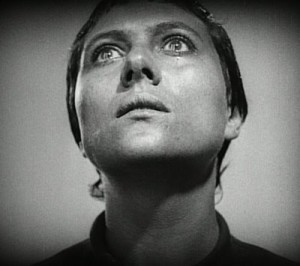
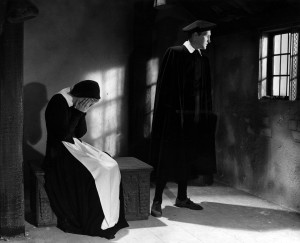
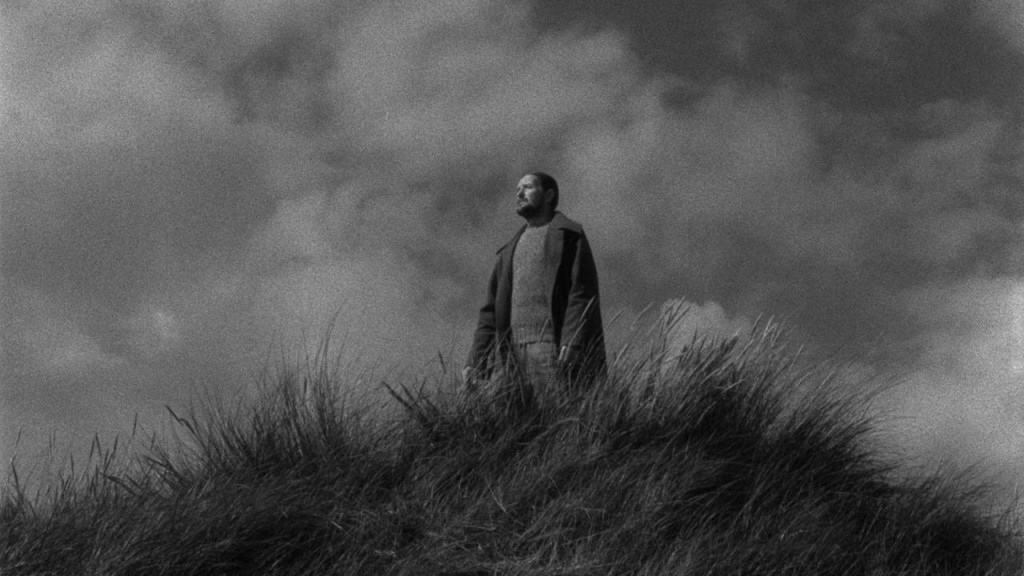
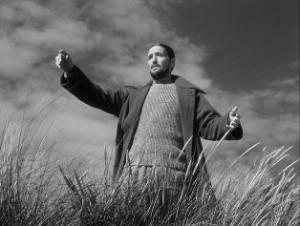
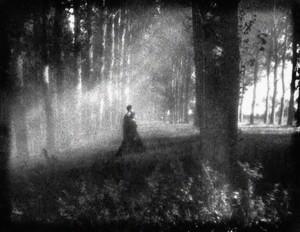
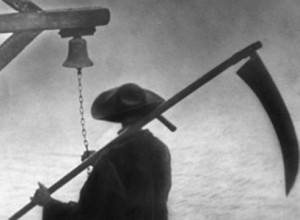
Carl Theodor Dreyer (3 February 1889 – 20 March 1968) was a Danish film-maker best known for his works The Bride of Glomdal (1926), The Passion of Joan of Arc (1928), Vampyr (1932), Day of Wrath (1943), Ordet (1955), and Gertrud (1964). His films are characterised by their mediated psychological power, naturalism and his use of space, shadow and light. Dreyer displays a sensitivity for landscape, be it the wind-swept heathlands of his native Denmark or the forests of Norway. He treats his indoor sets as landscapes too: the backgrounds of his interiors are a projection of the dramatic action and not just a backdrop to it.
There is a certain resemblance between a work of art and a person. Just as one can talk about a person’s soul, one can also talk about the work of art’s soul, its personality. The soul is shown through the style, which is the artist’s way of giving expression to his perception of the material. The style is important in attaching inspiration to artistic form. Through the style, the artist moulds the many details that make it whole. Through style, he gets others to see the material through his eyes. Style is not something that can be separated from the finished work of art. It saturates and penetrates it, and yet is invisible and undemonstrable. All art is a single person’s work. But a film is created by a collectivity, and a collectivity cannot create art unless an artistic personality stands behind it and acts as its driving force. The first creating impulse for a film comes from the writer whose work is the actual foundation for the film. But from the moment the poetic foundation is laid, it is the director’s task to give the film its style. The many artistic details are born through his initiative. It ought to be his feelings and moods that colour the film and that awaken corresponding feelings and moods in the spectator’s mind. Through the style he infuses the work with a soul–and that is what makes it art. It is for him to give the film a face–namely his own. The picture has a very great effect upon the spectator’s state of mind. If it is kept in light tones, then it tunes the mind in a light way. If it is kept in dark, subdued tones, then it tunes the mind to seriousness. As was suitable to the time and the action in Day of Wrath, my photographer and I agreed to have the pictures veiled in soft grey and black tones. The eye prefers order, and therefore it is of importance that the picture effects are harmonious and remain so even in movement. Ungraceful lines push the spectator’s eye. The eye absorbs horizontal lines rapidly and easily but repels vertical lines. The eye is involuntarily attracted by objects in motion but remains passive over stationary things. This is the explanation why the eye, with pleasure, follows gliding camera movements, preferably when they are soft and rhythmic. As a principle rule, one can say that one shall try to keep a continuous, flowing, horizontally gliding motion in the film. If one then suddenly introduces vertical lines, one can reach an instantly dramatic effect––as, for instance, in the pictures of the vertical ladder just before it is thrown into the fire in Day of Wrath. (Carl Theodor Dreyer in Torben Skjødt Jensen’s My Métier , 1995)
Although Dreyer works in a field which has become inextricably associated with artificiality, trickery, and commercialized hoopla, his films have the personal, almost austere cohesion and integrity which mark them as the expressions of a single, quite extraordinary personality. There is in French the word cinéaste, which. has no equivalent in English and is applied to anyone who works, in any capacity, in the film medium; Dreyer, by his ubiquitous interest and direction, is the apotheosis of the cineaste. (Paul Moor, The Tyrannical Dane, Theatre Arts Magazine, April 1951)
Dreyer’s pared-down style takes him beyond surface realism to something more mysterious and abstract: sounds or shadows (as in the truly eerie Vampyr) evoke the presence of unseen beings, landscape and architecture are invested, by lighting, design and composition, with supernatural force. Paradoxically, by rejecting anything superfluous to his purposes, this undisputed master of the cinema created some of its richest, most affecting and wondrously beautiful studies of the human condition. (Geoff Andrew, The Director’s Vision, 1999)
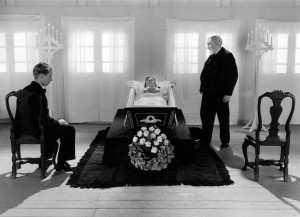
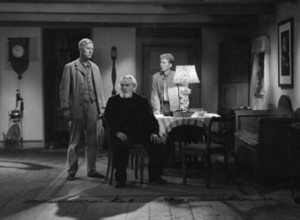
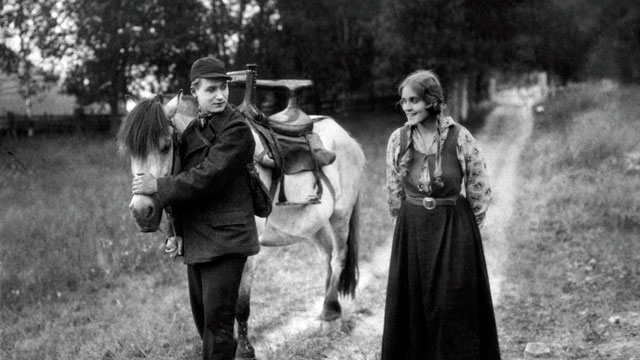
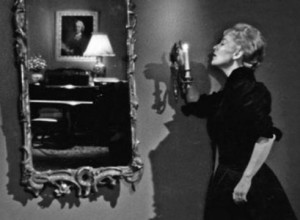
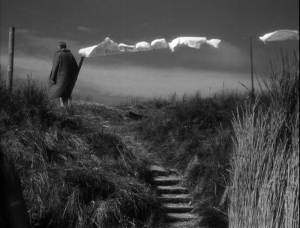
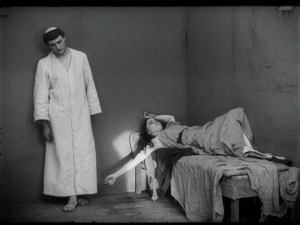
Dreyer’s work is always based on the beauty of the image, which in turn is a record of the luminous conviction and independence of human beings. His films are devoted principally to human emotions, and if they seem relatively subdued, then that may be a proper reason for calling in Danishness. But simplicity and purity of style do not argue against intensity, Dreyer’s greatness is in the way that he makes a tranquil picture of overwhelming feelings. His art, and his intelligence, make passion orderly without ever cheating on it. (David Thomson, The New Biographical Dictionary of Film, 2002)
Although he was sometimes austere and ponderous, Dreyer’s vision and drive for perfection made him the greatest director Denmark has ever produced. Unfortunately, the commercial failure of most of his films and his own perfectionism meant that his output was extremely limited… Dreyer was a film-maker before his time, even if his habit of using amateur players on occasions could work against his films. Nowadays he would find the world’s film climate much more to his liking and would no doubt be allowed the artistic and financial freedom he always desired. (David Quinlan, Quinlan’s Film Directors, 1999)
Though his work is associated with emotional austerity and slow, stately pacing, Carl Theodor Dreyer made films that glisten with blood, sweat and tears; the Scandinavian winter wind may forever howl outside the door, but inside it’s a hothouse of conflicting desires and orthodoxies. (Jessica Winter, The Rough Guide to Film, 2007)
Dreyer’s silent pictures are remarkable for their mastery of decor, lighting, camera movement, and editing. Concentrate on the way he constructs the space of an interior or orchestrates a sensual camera movement that he invented himself – the camera gliding on unseen tracks in one direction while uncannily panning in another direction – and you perceive how each Dreyer film almost brutally reconstructs the universe rather than accepting it as a familiar given. Nothing can be taken for granted in these works – except their passion. (Jonathan Rosenbaum, The Guardian, 2003)

I’d heard of this director but never knew much about him, so this is a useful starting point – thanks. He sounds interesting.